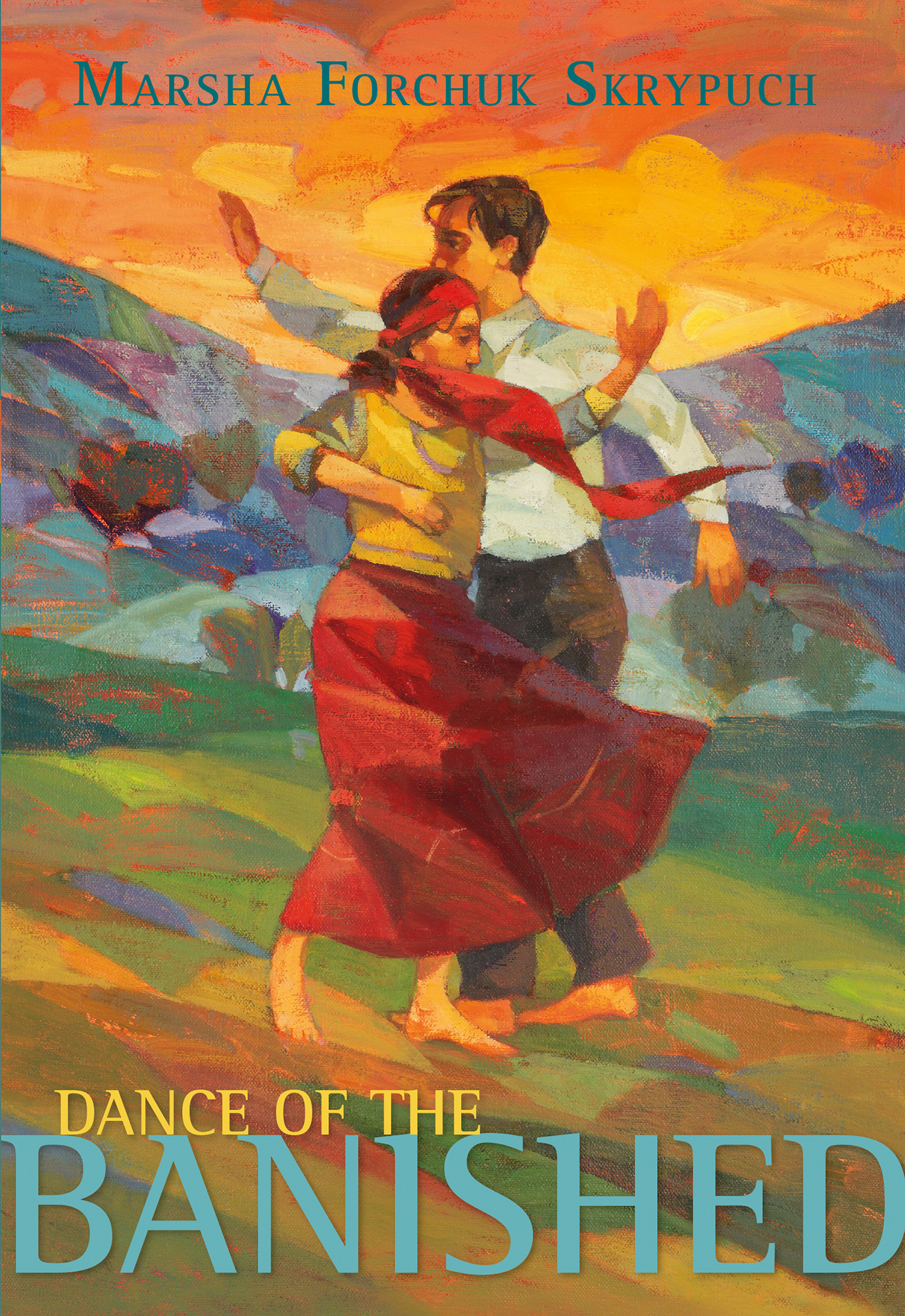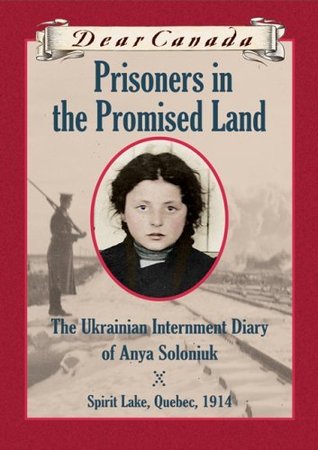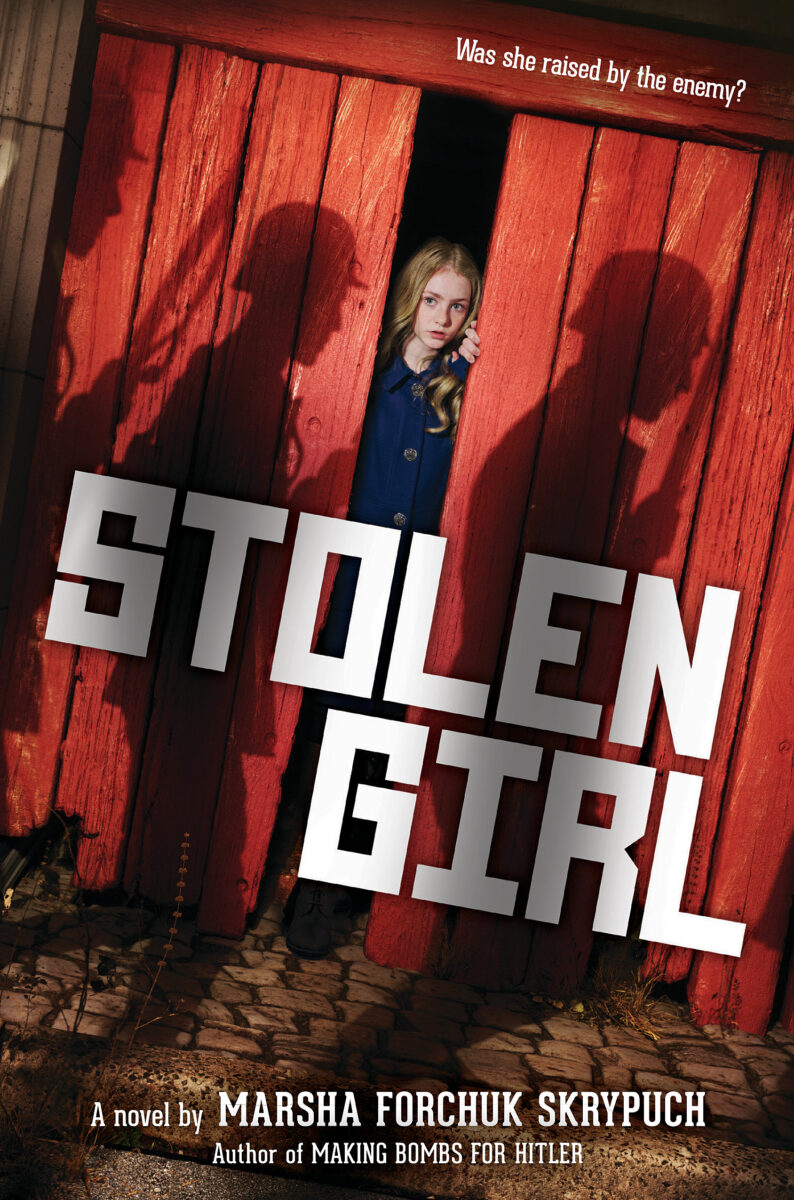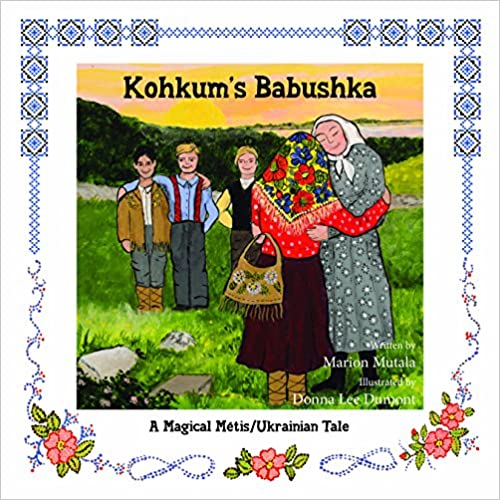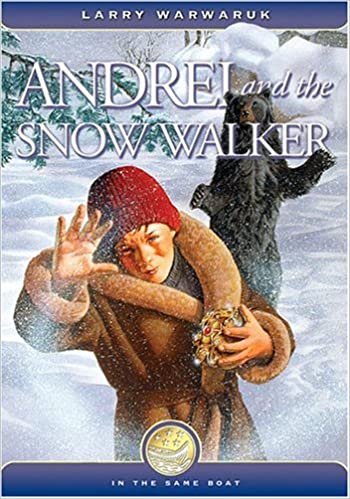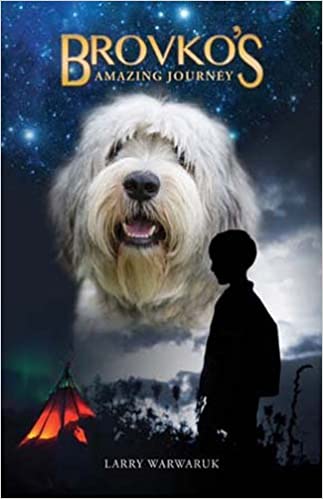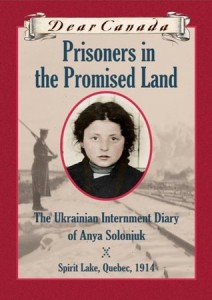Writers can be woefully unaware of what happens to their books behind the scenes. I have been interviewing publishing industry professionals to get insight into that other side of the story. Enjoy!
Tracey Dettman
Sales Representative for wholesalers and chains for Fitzhenry & Whiteside
I have known Tracey Dettman since 1998, when The Best Gifts, my first book with Fitzhenry & Whiteside came out. Back then, she was a publicist and I was a brand new author, with a single book under my belt (Silver Threads, Penguin, 1996). It seemed fitting to sit down with her over lunch recently while she had the new version of The Best Gifts on her iPad, ready to show to clients.
Tracey is no longer a publicist. For the past six years, she’s been a sales rep. Her customers now include wholesalers and chains for Fitzhenry & Whiteside. Tracey’s efforts are key to getting a creator’s book in front of buyers and I was curious to know what her job entailed.
You’ve been at Fitzhenry & Whiteside for a long time. What was your first job there?
I started with Fitzhenry & Whiteside in 1989 as an assistant to Mr. Fitzhenry. I would answer the phone, take messages and so on. He had a dictaphone and someone else to type for him, but I looked after everything else. While in that position, I became interested in the publicity side of things, so when I had time, I’d help out. After awhile I ended up over in publicity myself.
Even though you are the wholesale and chain rep, you still work on the publicity side of things too, don’t you?
Everyone at Fitzhenry & Whiteside tries to help each other. We all pitch in where we can.
Have you seen a big change in the way publicity is done now compared to how it was when you began?
There has been a sea-change. Back then, everything was paper-driven. Press kits, advance review copies. Any book review or news story we’d get would be in print. Now, everything is online. Blog reviewers have become a transformational force. Twitter, blog tours, facebook, pinterest. Completely different world.
Tell me about your current position. What do you do, exactly?
It is my job to promote Fitzhenry & Whiteside books to retailers.
But there aren’t that many bookstores left anymore, are there? Especially independents. Haven’t they almost entirely disappeared?
There are still some very vibrant independent bookstores out there. The ones that have been able to thrive in spite of e-books, online bookstores and big box chains are the ones who know their market and are passionate about books. These booksellers hand sell books. What they do can’t be replaced by a software program.
But selling books to them can’t take up a huge percentage of your time. Where else do you sell books?
There are the news groups, the chains, school and library supply companies. There are also school boards, library systems and conventions.
What do you mean, news groups?
News groups are merchandizing companies. They supply grocery stores, drug stores and department stores with books and magazines. Not every one of our books is right for this market, but this is an important market. I meet with various niche merchandizers to show them a selection of our books that are appropriate to the retailer that they represent, and then they decide which ones they’ll order.
It’s fairly immediate?
Not at all. I prepare a spreadsheet for them, so while I’m talking about our new books, they’ll mark right in on the spreadsheet the books they’re interested in, but the timing is unknown. Shelves in stores come available as other merchandise is bought, so there is no way to know if they’ll order a particular book in a couple of weeks or a couple of months. It makes the question of inventory a guessing game. It is wonderful placement for many of the books that are chosen for this.
Tell me about the chains.
There are primarily two chains: Costco and Indigo.
Costco sells huge amounts of books, don’t they?
I discovered that there is an interest in some of the regional titles we carry as well as cookbooks and some children’s books.
Has the popularity of e-books and online bookstores hurt Costco?
Perhaps. It’s also likely a space issue. They carry a lot of bestselling novels, but now they carry cookbooks, calendars, diet books – the kind of book that’s an impulse purchase.
They carry a lot of kids’ activity books as well, if my local Costco is any indication.
There are some Costco stores that go through mounds of activity books. Costco shoppers tend to be parents with young children and this particular demographic is more interested in work-book type activity books for their children, rather than story books.
How to you go about selling books to Indigo?
Indigo has buyers for each department. I put in a request for an appointment for several of them, and then I’ll spend half a day or so, talking to one, then the next, then the next.
Do you go to their office?
They have it set-up at the Indigo head office. We sit across from each other for the alloted time. I show my upcoming books and they ask questions.
What about online Indigo online?
That’s separate buyers as well, and I meet with them as well.
So everything is done by the buyers in the head office?
Mostly, although there are some very knowledgeable store managers who can have huge influence on what ends up being purchased.
Tell me about the school and library supply wholesalers.
They carry a vast range of books that are geared towards the school and library market. They also recommend to their clients which titles they think will be popular. They know their clients and it’s my job to let them know which of our new books will fill their needs.
Some libraries buy pre-selected packages of books from the wholesalers, don’t they?
Not every library has the staff to review all of their own book purchases, so they count on their wholesalers’ recommendations. And of course the wholesalers get their information from sales reps.
But some school boards and library systems make their own purchases, right?
I do presentations to systems like Toronto Public Library but the orders will go through the wholesalers they have designated. There are also opportunities like the Ontario Library Association Superconference and smaller wholesaler run displays to show books directly to librarians.
So they have a combination of ways to get books.
Yes.
Do authors or illustrators have any way to get involved in this process?
Authors and illustrators do not go to most of these events or meetings. But what they can do to help get their own books noticed is to hone their online presence. That makes them more attractive to merchandisers and retailers.
So do you show the same books to each group that you meet with?
Not at all. That would be a waste of my time and theirs. My clients count on me to use my judgement and select from our list the books that will fit in with their needs. I like to think of myself as their problem solver.
Tell me about conventions.
I go to the American Library Association Convention, the OLA Superconference, of course, and others like this. This year we had a booth at Ad Astra – a mecca for the fans of fantasy and steam punk. The steam punk, Star Trek and Star Wars costumes on the attendees made it an interesting show to be at!
What about the Bologna Book Fair?
I would love to have to go to Italy, but it would be a waste of money. Bologna is about selling international rights. I don’t do that. I sell the books. One of my co-workers goes to that show and does a great job.
Do you read a lot?
I don’t think you could be in this job without loving books. I read the books on our upcoming list on my iPad. It’s important for me to be knowledgeable about our books. I also read for pleasure.
What are you reading right now for pleasure?
The Children’s Book, by AS Byatt. It is wonderful.
What are ways that an individual author can help or hinder you?
If an author knows that they will be doing any sort of appearance or event please make sure the publisher’s publicity department knows. They can share that information with the sales reps. Even if you think it doesn’t have anything to do directly with your book the information can be helpful.
Another piece of advice: always remember the special attention you will get at your local independent for signings. They will do a great job for you.
Do you have any advice for a first time author?
Be patient. First time authors frequently need to build up a reputation with readers and buyers. It is a much easier decision to buy that book by the known quantity. Wait for the first reviews to appear and the buzz to build.
